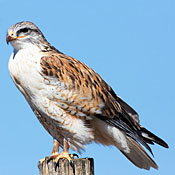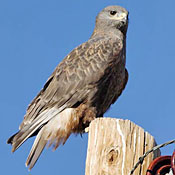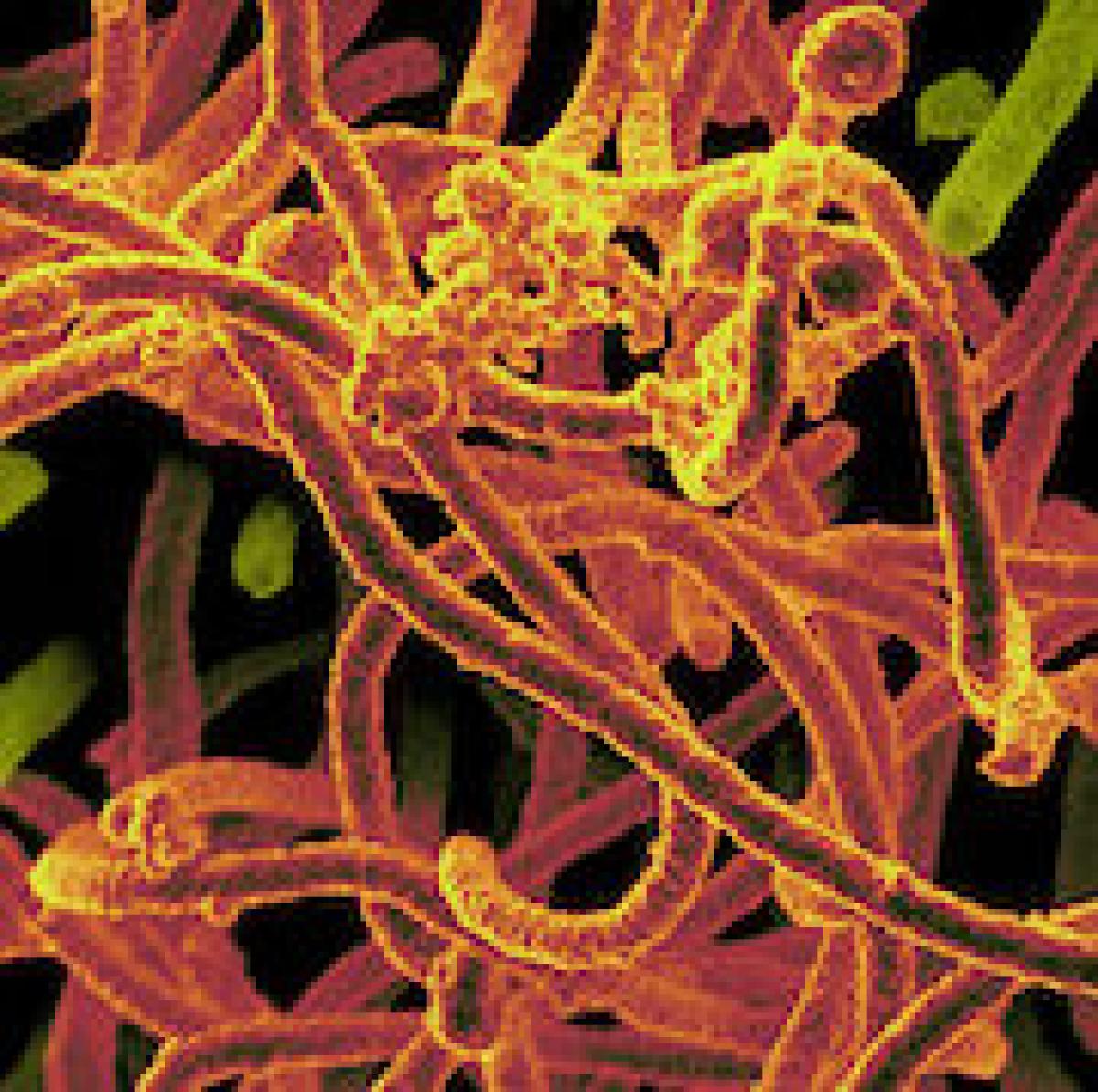Ferruginous Hawk
Buteo regalis

Hawk Like

Length: 23 in. (58 cm )
One of the largest of our soaring hawks, this species occupies open prairies, grasslands and in the winter agricultural fields. It frequently perches on telephone poles or the top of an isolated tree, but, unlike most other large hawks, it also regularly stands on the ground. It feeds mostly on small mammals and the occasional lizard, snake or large insect. Its bulky nest is placed in the top of an isolated tree and made of large sticks and lined with grass and roots.
The four-digit banding code is FEHA.
Bibliographic details:
- Article: Ferruginous Hawk
- Author(s): Dr. Biology
- Publisher: Arizona State University School of Life Sciences Ask A Biologist
- Site name: ASU - Ask A Biologist
- Date published:
- Date accessed:
- Link: https://askabiologist.asu.edu/activities/bird/ferruginous-hawk
APA Style
Dr. Biology. (). Ferruginous Hawk. ASU - Ask A Biologist. Retrieved from https://askabiologist.asu.edu/activities/bird/ferruginous-hawk
Chicago Manual of Style
Dr. Biology. "Ferruginous Hawk". ASU - Ask A Biologist. . https://askabiologist.asu.edu/activities/bird/ferruginous-hawk
Dr. Biology. "Ferruginous Hawk". ASU - Ask A Biologist. . ASU - Ask A Biologist, Web. https://askabiologist.asu.edu/activities/bird/ferruginous-hawk
MLA 2017 Style
Be Part of
Ask A Biologist
By volunteering, or simply sending us feedback on the site. Scientists, teachers, writers, illustrators, and translators are all important to the program. If you are interested in helping with the website we have a Volunteers page to get the process started.






